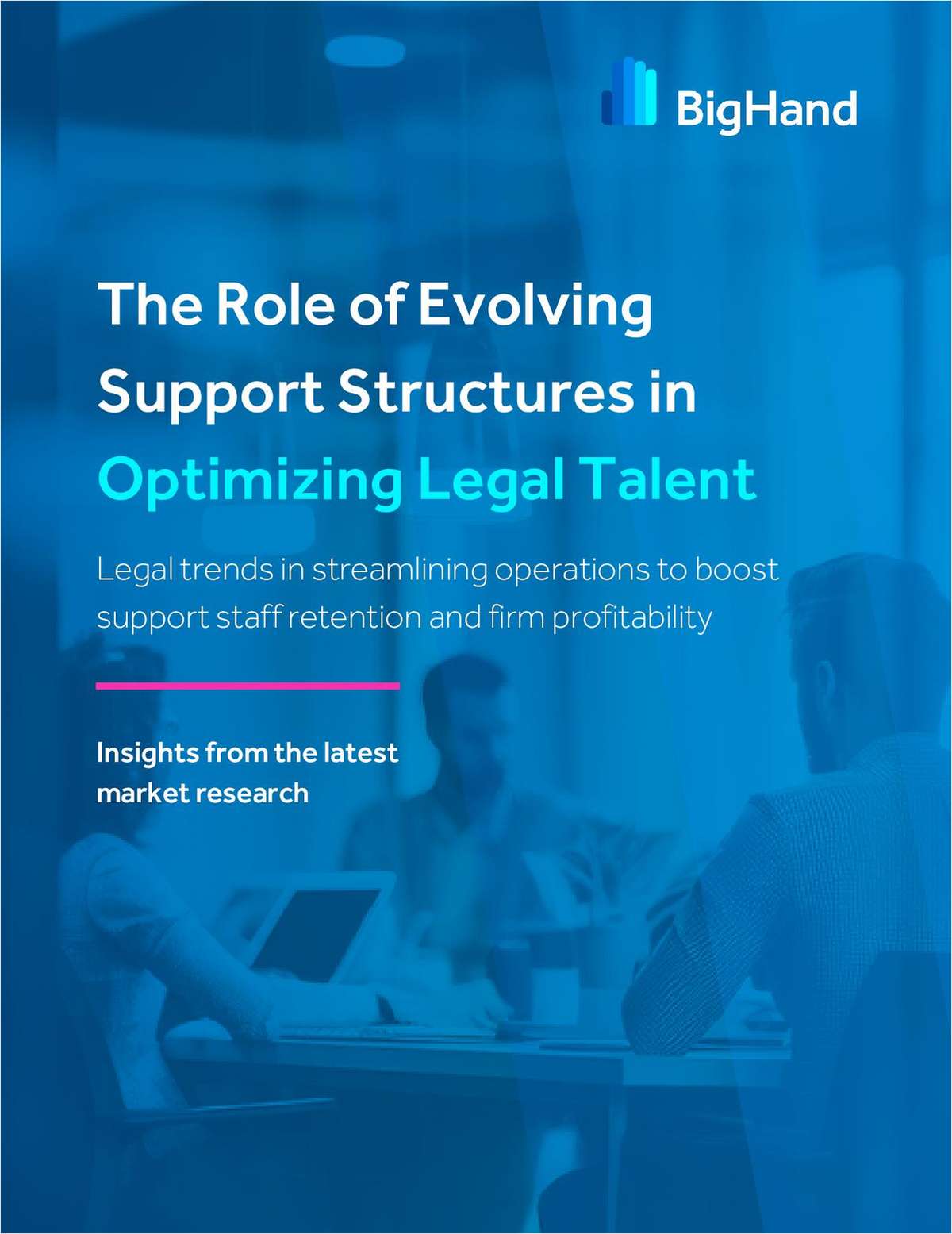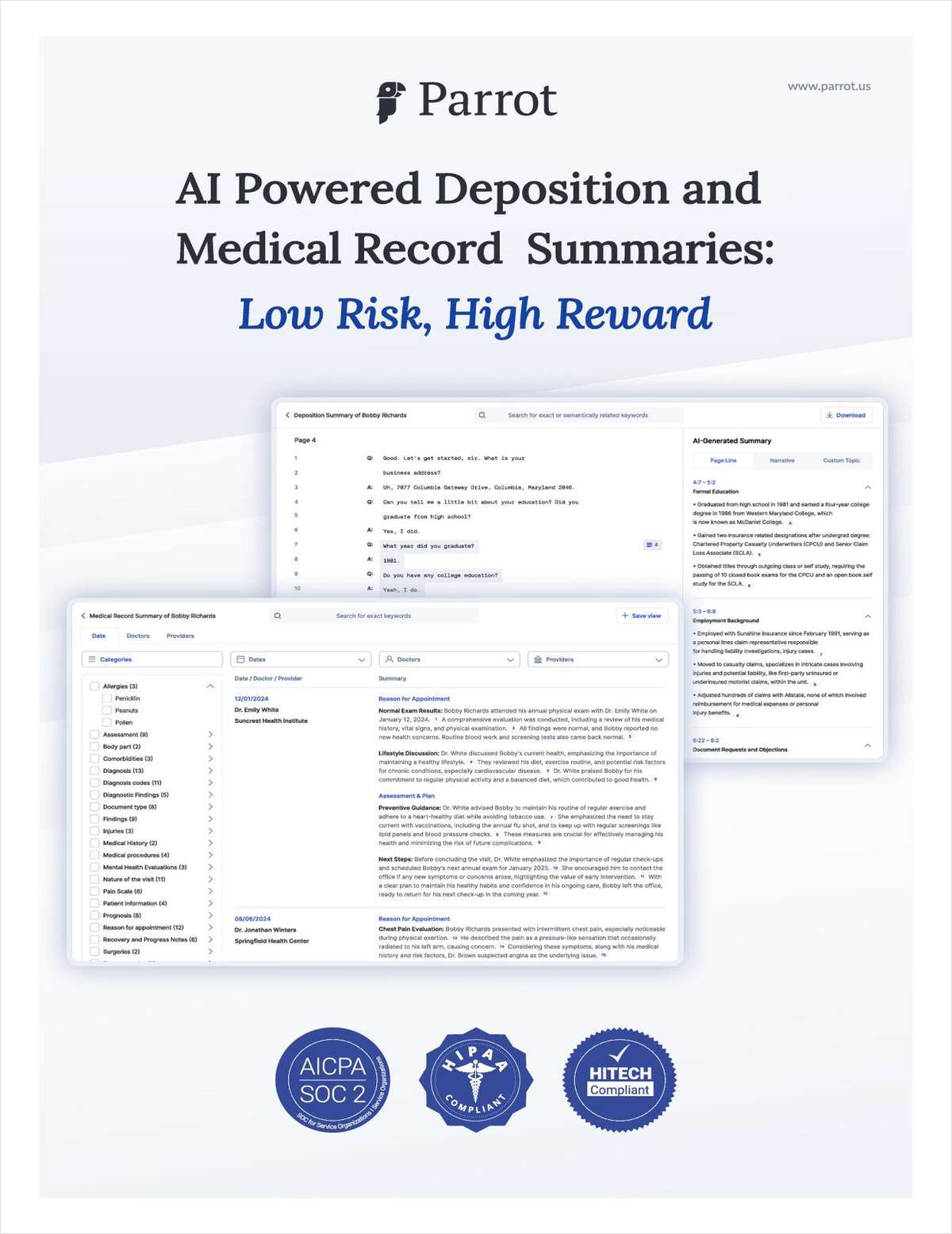Higher Law School Tuition Actually Boosts Enrollment, Study Finds
New research shows that having to pay more for law school doesn't deter applicants and new students. In fact, the opposite is true.
September 13, 2018 at 02:37 PM
5 minute read
 Photo Credit: Shutterstock
Photo Credit: Shutterstock
There's been no shortage of hand-wringing over the high cost of a law degree, but it turns out that hefty tuition prices aren't a major factor in where aspiring lawyers opt to enroll.
That's the takeaway from a new paper examining whether rising costs impact the number of people who apply and enroll in law school. Author Amy Li, a professor in the University of Northern Colorado's department of leadership, policy and development, found that not only is there no correlation between lower costs and the number of applicants and matriculants at individual schools, but that increased costs correlate to higher enrollment at many private law schools. Put another way, enrollment tends to get bigger when schools charge more for tuition and fees, counterintuitive as that may seem.
“The findings highlight the willingness of students to apply to and enroll at law schools despite increases in tuition and fees,” Li wrote in her paper, “Dollars and Sense: Student Price Sensitivity to Law School Tuition.” “This study reveals that there is in fact, a lack of price sensitivity in legal education.”
She gathered data from the American Bar Association and the Law School Admission Council on tuition and fees, scholarships, applicants and enrollment from 2006 to 2015 and ran a statistical analysis to identify correlations.
➤➤ Stay on top of developments and trends in legal education with Ahead of the Curve by Karen Sloan, a new weekly briefing from Law.com. Sign up here and get next week's email update straight to your inbox.
Law students may understand that their employment prospects are the best at elite law schools that charge the most, Li theorized, and thus are willing to pay top dollar. Or law students may feel more comfortable paying for the school they want because they are older and more established than undergraduates, she speculated. Law students may also be savvier than undergraduates about federal loan repayment options such as income-based repayment—which limits monthly payments to a percentage of their income—and public service loan forgiveness, Li wrote.
“Law schools can't be thought of traditionally from the supply and demand economic perspective,” Li said in an interview Thursday. “The product students are getting is more complex than an iPhone. It's a complicated endeavor and students still see value in it and are willing to shoulder more of the costs themselves in hopes that it will pay off in the future.”
Legal education's apparent imperviousness to price pressures comes at a time when attending law school for a year costs more than the average annual household income in the United States, Li's paper noted. In-state tuition and living expenses runs an average $45,000 at public law schools, while that figure climbs to more than $67,000 at private law schools. (The average household income was about $59,000 in 2016.)
Li's research, which was funded by AccessLex Institute—a nonprofit that advocates for access and affordability in legal education—suggested that legal education is not subject to the same price sensitivity as undergraduate education. Studies have shown that college enrollment tends to decrease when prices increase. Her paper is the first to examine the price sensitivity of law students, though she noted that further research is needed to identify why legal education doesn't follow the undergraduate trend.
It's worth noting that law school enrollment has dropped precipitously over the past eight years and is only beginning to recover. Admissions officials said admitted students have been aggressively negotiating scholarship packages in recent years, despite Li's findings.
Li hypothesized that higher tuition and fees would result in fewer applicants and matriculants, consistent with undergraduate trends. But the numbers contradicted her theory.
Li found that there was no relationship between published tuition and fees and number of applicants schools attracted. Higher tuition did not dissuade people from applying. She then looked at net tuition—the average cost students paid after scholarships—to see if schools with lower costs enrolled more students. The opposite proved true. Law schools with higher net costs had larger first-year classes. For every $1,000 a school raised tuition annually, they enrolled one additional student, on average.
Li then looked to see if this insensitivity to price held true across all tiers of law schools. She separated schools into five tiers based on their median LSAT scores, and then ran the cost and enrollment. She found no relationship between net costs and enrollment at schools in the first, second and fifth tiers. However, she found a positive relationship between higher costs and enrollment at schools in the third and fourth tiers. That is, higher net costs correlated to higher first-year enrollment at those mid-tier schools.
“Students were more willing to pay higher out-of-pocket prices to attend less prestigious law schools, even though the employment prospects of graduating from such law schools were less certain,” Li wrote. “Nevertheless, this relationship did not hold for the lowest tier of law schools, tier 5, where median LSAT scores were less than 150. Evidently, students were not willing to pay more to attend the lowest tier of law schools, although these law schools also did not observe declines in enrollment when net costs increased.”
That finding is “surprising,” according to the article, given that graduates of schools in that third and fourth tier generally face more unemployment uncertainty than graduates of higher tier law schools.
This content has been archived. It is available through our partners, LexisNexis® and Bloomberg Law.
To view this content, please continue to their sites.
Not a Lexis Subscriber?
Subscribe Now
Not a Bloomberg Law Subscriber?
Subscribe Now
NOT FOR REPRINT
© 2025 ALM Global, LLC, All Rights Reserved. Request academic re-use from www.copyright.com. All other uses, submit a request to [email protected]. For more information visit Asset & Logo Licensing.
You Might Like
View All
University of New Hampshire Law School Launches Specialized Health, Life Sciences Program

Penn State Dickinson Law Dean Named President-Elect of Association of American Law Schools

UChicago Law Professors Release Desk Reference Breaking Down Crypto, Web 3 for Attorneys
4 minute read
Trending Stories
- 1Uber Files RICO Suit Against Plaintiff-Side Firms Alleging Fraudulent Injury Claims
- 2The Law Firm Disrupted: Scrutinizing the Elephant More Than the Mouse
- 3Inherent Diminished Value Damages Unavailable to 3rd-Party Claimants, Court Says
- 4Pa. Defense Firm Sued by Client Over Ex-Eagles Player's $43.5M Med Mal Win
- 5Losses Mount at Morris Manning, but Departing Ex-Chair Stays Bullish About His Old Firm's Future
Who Got The Work
J. Brugh Lower of Gibbons has entered an appearance for industrial equipment supplier Devco Corporation in a pending trademark infringement lawsuit. The suit, accusing the defendant of selling knock-off Graco products, was filed Dec. 18 in New Jersey District Court by Rivkin Radler on behalf of Graco Inc. and Graco Minnesota. The case, assigned to U.S. District Judge Zahid N. Quraishi, is 3:24-cv-11294, Graco Inc. et al v. Devco Corporation.
Who Got The Work
Rebecca Maller-Stein and Kent A. Yalowitz of Arnold & Porter Kaye Scholer have entered their appearances for Hanaco Venture Capital and its executives, Lior Prosor and David Frankel, in a pending securities lawsuit. The action, filed on Dec. 24 in New York Southern District Court by Zell, Aron & Co. on behalf of Goldeneye Advisors, accuses the defendants of negligently and fraudulently managing the plaintiff's $1 million investment. The case, assigned to U.S. District Judge Vernon S. Broderick, is 1:24-cv-09918, Goldeneye Advisors, LLC v. Hanaco Venture Capital, Ltd. et al.
Who Got The Work
Attorneys from A&O Shearman has stepped in as defense counsel for Toronto-Dominion Bank and other defendants in a pending securities class action. The suit, filed Dec. 11 in New York Southern District Court by Bleichmar Fonti & Auld, accuses the defendants of concealing the bank's 'pervasive' deficiencies in regards to its compliance with the Bank Secrecy Act and the quality of its anti-money laundering controls. The case, assigned to U.S. District Judge Arun Subramanian, is 1:24-cv-09445, Gonzalez v. The Toronto-Dominion Bank et al.
Who Got The Work
Crown Castle International, a Pennsylvania company providing shared communications infrastructure, has turned to Luke D. Wolf of Gordon Rees Scully Mansukhani to fend off a pending breach-of-contract lawsuit. The court action, filed Nov. 25 in Michigan Eastern District Court by Hooper Hathaway PC on behalf of The Town Residences LLC, accuses Crown Castle of failing to transfer approximately $30,000 in utility payments from T-Mobile in breach of a roof-top lease and assignment agreement. The case, assigned to U.S. District Judge Susan K. Declercq, is 2:24-cv-13131, The Town Residences LLC v. T-Mobile US, Inc. et al.
Who Got The Work
Wilfred P. Coronato and Daniel M. Schwartz of McCarter & English have stepped in as defense counsel to Electrolux Home Products Inc. in a pending product liability lawsuit. The court action, filed Nov. 26 in New York Eastern District Court by Poulos Lopiccolo PC and Nagel Rice LLP on behalf of David Stern, alleges that the defendant's refrigerators’ drawers and shelving repeatedly break and fall apart within months after purchase. The case, assigned to U.S. District Judge Joan M. Azrack, is 2:24-cv-08204, Stern v. Electrolux Home Products, Inc.
Featured Firms
Law Offices of Gary Martin Hays & Associates, P.C.
(470) 294-1674
Law Offices of Mark E. Salomone
(857) 444-6468
Smith & Hassler
(713) 739-1250








